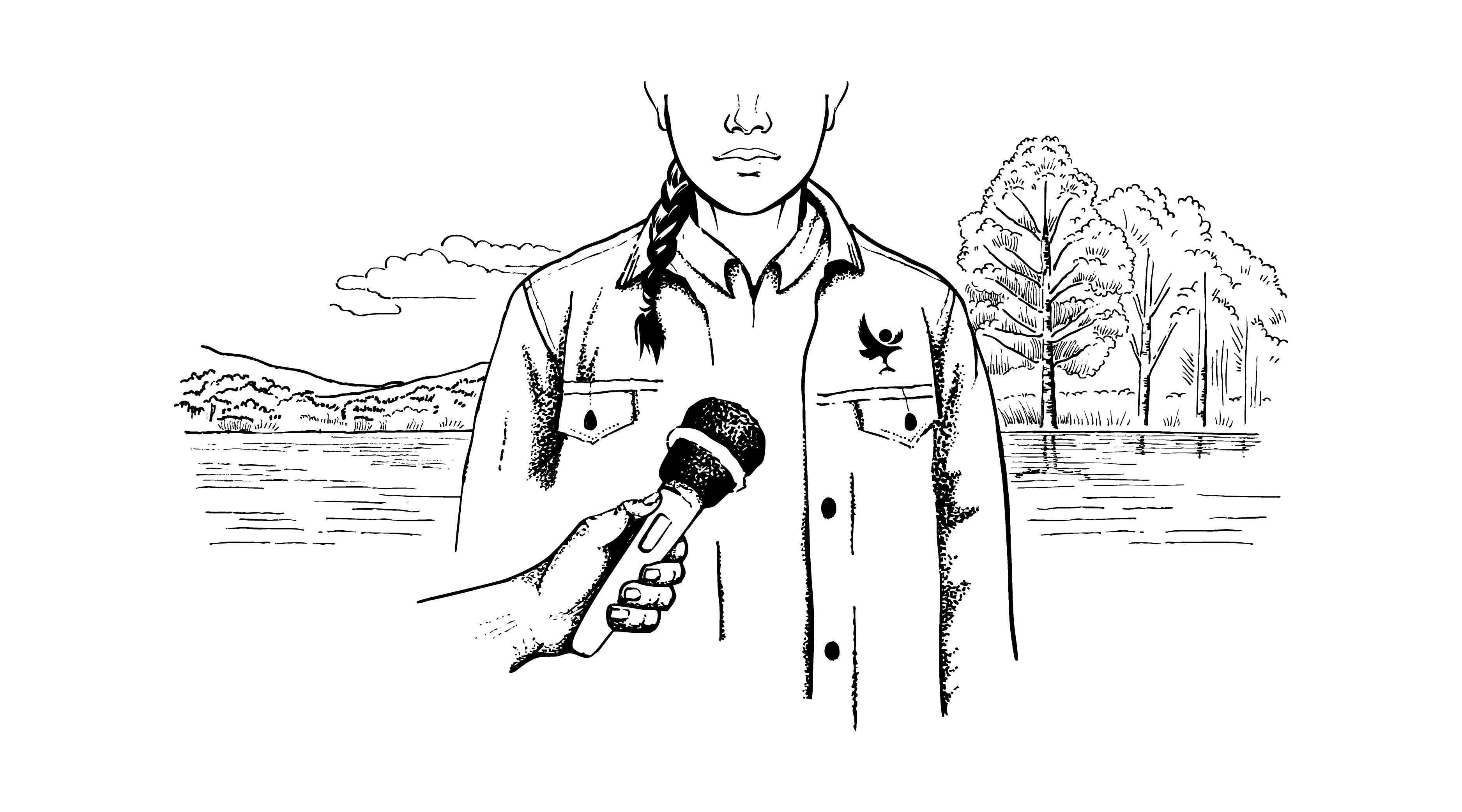The Cairngorms National Park is an outstanding place for wildlife, with it being a stronghold for many species that are often extremely rare elsewhere in the UK, or don’t even exist anywhere else any more.
Efforts to enhance and protect this rare wildlife, as well as looking at the potential to bring back some absent species, are being driven forward by the newly launched Cairngorms Nature partnership (see notes) and the Cairngorms Nature Action Plan 2013-2018.
Cairngorms Nature aims to implement a range of measures to ensure that the Cairngorms National Park continues to be home to Red Squirrels, Scottish Wildcats, Capercaillie, Freshwater Pearl Mussels, Twinflower and Lapwings – to name just a few.
Grant Moir, chief executive of the Cairngorms National Park Authority (CNPA) said: “We are very fortunate here in the Cairngorms National Park to have rich and varied landscapes that are already supporting rare birds, mammals, plants and insects but we need to ensure that years from now, this is still the case. Working with partners to enhance and create new habitats is one of the key actions to ensure that this happens. Woodland expansion, enhancing and improving wetlands, creating more montane and juniper scrub and supporting High Nature Value farming will help to ensure these habitats are in good condition.”
But making sure that the Park’s habitats can support the species that are already here – could also help attract absent species back to the Cairngorms National Park. The Cairngorms Nature Action Plan outlines the possibility of the return of the migratory Common Crane as well as the Eurasian Beaver.
Cairngorms Nature manager Andy Ford commented: “Just last month a group of three cranes was observed flying around wetland sites in Strathspey, promoting hopes that the species may naturally return in future – so long as we can ensure the habitat is suitable and in good condition for them, which will of course benefit other species too. Having these big charismatic birds around with their spectacular courtship dance and loud bugling call could also be good for wildlife tourism.”
With regards to Eurasian Beavers, the aim is to further explore the potential for – and the implications of – reintroducing these animals in river catchments in the Park, depending on the outcome and conclusions of the trial re-introduction underway in Argyll, which ends in 2014.
A report published on the CNPA’s website today (Wednesday 17 July) has helped inform some of the Cairngorms Nature Action Plan. In light of the growing public interest in nature conservation and restoring lost native wildlife, the report ‘Assessing the Potential for the Restoration of Vertebrate Species in the Cairngorms National Park’ explores the positive and negative aspects of species restoration. It is just one of many technical reports that helped shape the Cairngorms Nature Action Plan.
Grant Moir added: “It is very important that we work closely with the land management community to get a full understanding of the potential implications of the recolonisation or the reintroduction of lost species to the Cairngorms National Park, the report published today provides a good background review to help inform future discussions.”
For more information on Cairngorms Nature please click here: www.cairngorms.co.uk/look-after/cairngorms-nature/ or to read ‘Assessing the Potential for the Restoration of Vertebrate Species in the Cairngorms National Park’ in full.





